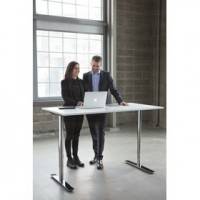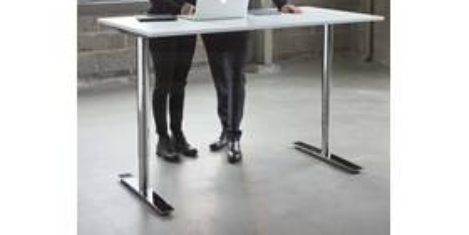May 7, 2015
Understanding and overcoming the objections to sit stand workstations
 In Sweden, sit-stand working is so commonplace that our Nordic colleagues are perplexed by how slow the UK has been to catch up. The expectation of varying working positions throughout the day is so widespread across Scandinavia that over 80 percent of Swedish, Danish, Finnish and Norwegian office workers already use sit stand workstations, and offering employees a height adjustable work station is now mandatory in Denmark. Despite sit-stand working still being in its infancy in the UK, with only 2 percent of knowledge workers having access to height adjustable workstations, there is plenty of compelling evidence, and a groundswell of expert opinion, to suggest that the UK office is going to have to get off its backside pretty soon.
In Sweden, sit-stand working is so commonplace that our Nordic colleagues are perplexed by how slow the UK has been to catch up. The expectation of varying working positions throughout the day is so widespread across Scandinavia that over 80 percent of Swedish, Danish, Finnish and Norwegian office workers already use sit stand workstations, and offering employees a height adjustable work station is now mandatory in Denmark. Despite sit-stand working still being in its infancy in the UK, with only 2 percent of knowledge workers having access to height adjustable workstations, there is plenty of compelling evidence, and a groundswell of expert opinion, to suggest that the UK office is going to have to get off its backside pretty soon.















July 6, 2016
Which aspects of workplace design are most important to personal wellbeing? 0
by Marc Bird • Comment, Wellbeing, Workplace design
(more…)